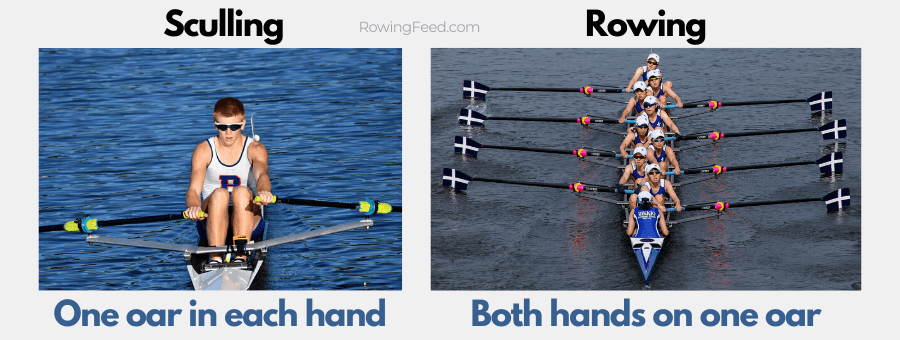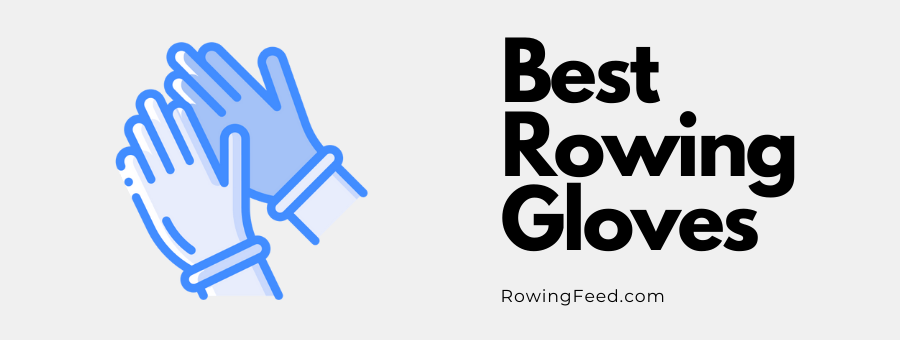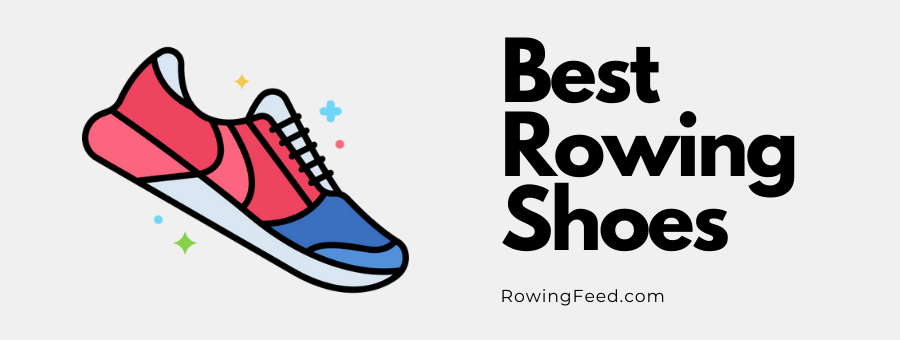The main difference between rowing and sculling is pretty simple: in sweep rowing, each person holds one oar with both hands. In sculling, every rower holds two oars (one oar in each hand).
Rowing

Sweep rowing is when athletes use one oar to propel a boat in the water. Both hands are on that one oar. And because every rower holds only one oar, in sweep rowing, there should be an even number of people on the boat (that is, in pairs) to move the boat straight with equal force on each side.
Sculling
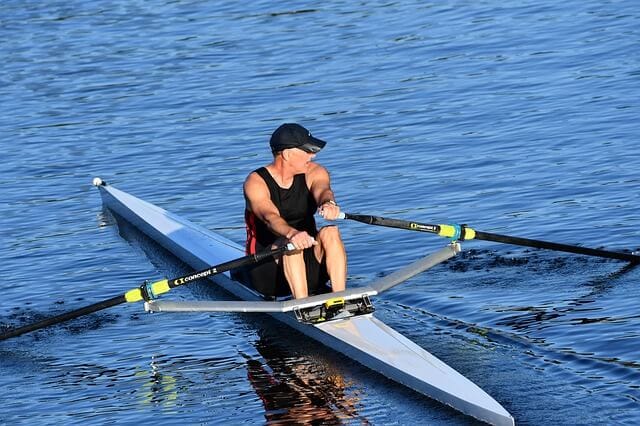
Sculling is when athletes use two oars, one oar in each hand, to propel a boat in the water. Because each rower has two oars in their hands, sculling can also be done by a single rower.
Sculling is a superb workout because it works all your major muscle groups like your arms, legs, and back. However, sculling is mainly for the outdoors.
Sculling on actual water is quite hard as the boats are narrow, and it’s tricky to keep your balance. If this method isn’t for you, there are lots of sculling machines that can give you the same benefits without having to be on the water. Sculling, like rowing, is an extremely effective exercise.
🔗 Convinced? Here are my top recommended rowing machines to buy
Rowing and Sculling as Exercise
While there are some differences between rowing and sculling, like using different equipment and techniques, broadly the impact of both exercises is the same. Working out on a rowing machine or sculling machine is an excellent exercise for the arms, stomach, chest, and even the upper back.
Unlike crunches, which only focus on the abs and not on any other body part, rowing and sculling target different body parts during the workout and not just one.
Rowing and sculling exercises are also easier on the joints than jogging, running, and skipping rope because they’re non-weight-bearing and low-impact aerobics.
Rowing has many benefits including weight loss, increased stamina, strengthened immune system, and even improved sleep quality.
Rowing is a total body workout that’s an overall fitness game-changer. It builds upper body strength along with lower body strength. It’s a fine combination of cardio and aerobics that creates the ultimate workout.
Benefits of Rowing and Sculling
Rowing and sculling are aerobic exercises, so they’re great for your heart and lungs, which are our most important organs. By having a healthy heart and lungs, your metabolism increases, which is super helpful when it comes to losing weight.
Here are some key benefits:
- By focusing on many different body parts, it’ll give you a more toned body and will play a huge role during weight loss.
- Rowing and sculling help to burn a lot of calories, so for weight loss, combine your rowing/sculling exercise with healthy eating habits.
- They improve your body flexibility and stamina, which will allow you to move on to more complex exercises if you’re a beginner.
- They provide a lot of resistance, unlike many other exercises, which means you don’t have to endure long workouts to lose weight at a fast pace.
Rowing and Sculling for Weight Loss
With just 15 minutes of workout on a rowing or sculling machine, you can lose about half a pound a week without going on any special diet. If you want to lose more weight, you’ll just need to increase your time on the exercise machine.
It’s estimated that an adult should exercise about 150 minutes or more of moderate exercise in a week.
Alternatively, you can opt for 75 minutes of vigorous exercise per week to maintain your weight. A combination of vigorous and moderate exercise can also work quite well.
To lose weight, an adult should exercise for 300 minutes or more per week. That’s only 30-40 minutes of exercising and is very effective when combined with clean and healthy eating.
🔗 Side Note: Why wearing gloves is essential while indoor/outdoor rowing
How to Workout on a Rowing or Sculling Machine
Basic rowing or sculling workouts, when done correctly, can be just as efficient as more complex workouts when it comes to fat loss. Here’s how to workout on a rowing or sculling machine:
- Start off in a crouched position at the beginning of the machine. Hold the bars of the machine and get ready to begin.
- First, push backward with your legs so that your seat slides back. How far back you go depends on you and your dedication. If you’d like to start slow, you may choose to move back a little, and gradually work all the way to the back. Or you may choose to go all the way back if you’re an experienced rower.
- Next, exert force pulling back with your hips while letting your hips swing. Basically, you have to spread out from your previously crouched position.
- Finally, pull the bars with your arms until they’re bent at the elbows.
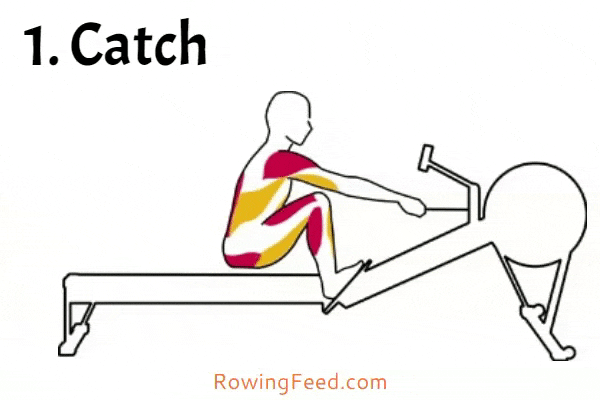
Now for the return, follow these steps:
Since your arms are bent at this point, you’re going to stretch them out again.
Now you’re going to bend so that you’re once again in the hunched position. At this point, your hips should be close to your knees, and you should feel a burn if you’re doing it right.
Then you have to slide back to the front of the machine
Keep repeating this combined with the above steps to do a complete row.
Continue doing this forward and backward motion for 1 minute, then rest for 1 minute. Then continue the machine for 2 minutes, rest for 2 minutes. Continue for 4 minutes, then rest for 4 minutes. Keep doubling the workout time and the rest time. When you feel you’re done, go in the reverse order.
Start moving back from 4 minutes to 1 minute. Depending on how much you want to do and how much time you have, you can go up to 16 minutes or even 32 minutes. Just keep in mind, you’ll eventually have to do it in the reverse order, so don’t tire yourself out. It’s better to build your stamina gradually.
Rowing and sculling machines require effort and dedication. These workouts specifically provide exercise to 3 different areas of the body; they work out the arms, hips, and legs. The percentage of the workout is as follows: 60% legs, 30% hips, and 10% arms.
Now you can see that there isn’t much difference between the usage of rowing or sculling machines or the effect they have on your body. So, you can opt for either one of them, or you can take professional advice from a trainer keeping in view the results you need.
Don’t forget to tell me what you’re good at – Sculling or Sweep Rowing?
Additional Sources:
- The physiology of rowing by Niels H. Secher
- Upper Versus Lower Body Contribution to the Rowing Stroke by Davon I. Jones
